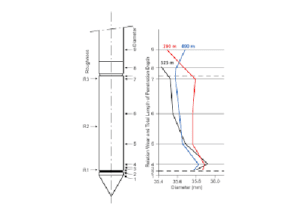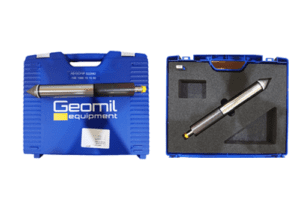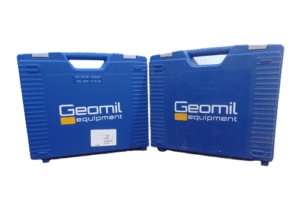CPTu Test and SPT Test – Cone Penetration Testing (CPTu Test) is a popular geotechnical testing method that uses a conical probe to penetrate the soil and measure various soil properties in real-time. CPT testing is fast, safe, and offers digital in situ soil data used for geotechnical design and field characterization immediately. CPT testing is especially useful for low strength cohesive soils.

CPTu testing is a variation of CPT testing that uses a piezocone to measure additional parameters, such as pore pressure and electrical conductivity, providing higher resolution data compared to standard CPT testing. While CPTu testing is relatively more expensive than SPT testing, it offers higher accuracy and resolution of data, making it ideal for detailed site characterization and geotechnical design.
Baca Juga : Guide to CPTu Test
On the other hand, Standard Penetration Testing (SPT) is a widely used, low-cost testing method that can indicate the strength of cohesionless, granular soils and stiffness of stiff soils. However, in order for SPT testing to be carried out, some drilling must be done to create a hole for the SPT to be placed at the desired depth. At Groundcheck, we offer full coring and wash boring services for SPT testing.
During SPT testing, a split spoon sampler is driven into the soil using a hammer, and the number of hammer strikes required to achieve a certain depth is counted as the SPT value. The SPT value can then be used to determine the relative density of the tested soil.
While SPT testing is a relatively simple and efficient testing method that is inexpensive and suitable for all types of soil strata, it does not provide detailed soil profile data like CPT and CPTu testing.
In summary, CPT and CPTu testing are more detailed and accurate testing methods that offer higher resolution data, making them ideal for detailed site characterization and geotechnical design. SPT testing, on the other hand, is a widely used, low-cost testing method that is suitable for all types of soil strata and provides a basic understanding of soil strength and stiffness.





Pingback: Jasa Soil Test Investigation di Jakarta - PT. Groundcheck
Pingback: Penggunaan CPT dengan Pengukuran Tekanan Air Pori (CPTu).
Pingback: CPT and CPTu Difference